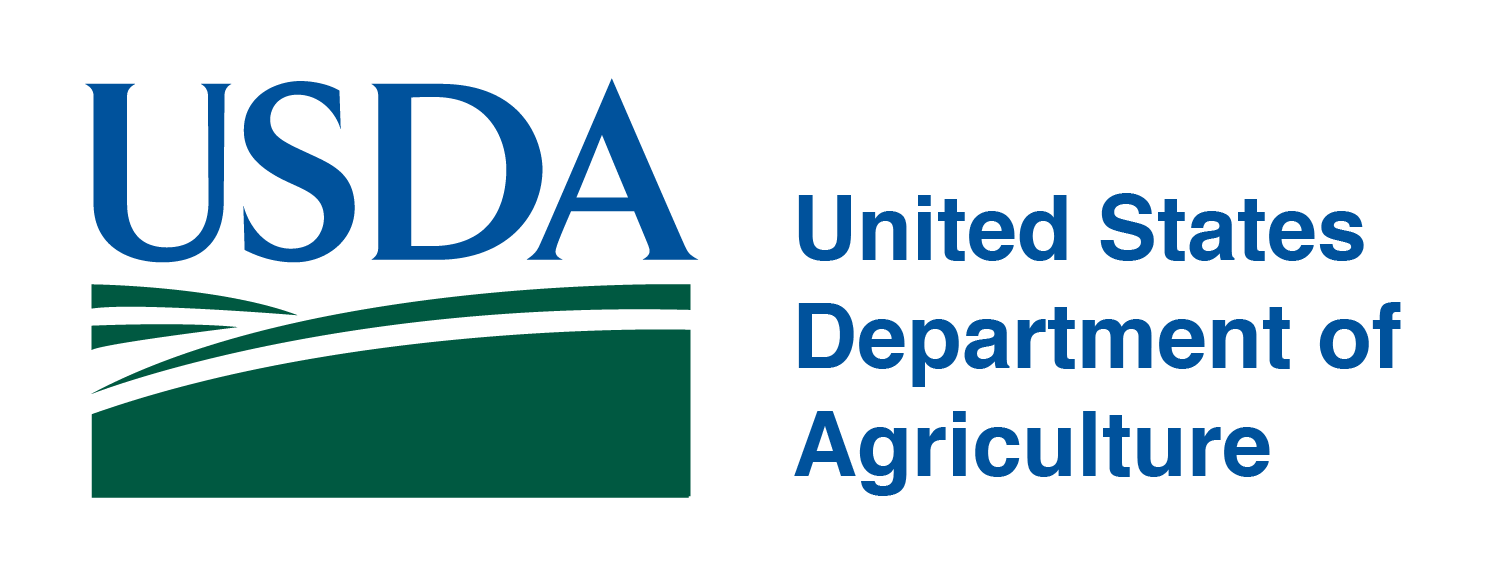
Pennsylvania’s child uninsured rate improved slightly to 4.4% from 4.6% during the COVID-19 pandemic thanks to the federal continuous coverage provision that prevents states from disenrolling children and families from Medicaid during the public health emergency, according to our recently released 2022 State of Children’s Health report.
Even more families turned to Medicaid during the pandemic when child enrollment increased by 20%. More than 1.4 million Pennsylvania children currently have Medicaid as their health insurance.
We are cautiously optimistic about the improvement in our child uninsured rate in Pennsylvania. While we have made progress, Pennsylvania has the 8th highest number of uninsured children in the nation, with 126,000 children who do not have health insurance and don’t have regular access to preventive and primary health care.
And hundreds of thousands of children are at risk of losing Medicaid coverage when the public health emergency ends and the state begins to unwind the disenrollment freeze and resume pre-pandemic operations. According to the latest estimates from DHS, 1 in 4 children enrolled in Medicaid could lose coverage when the public health emergency ends and the process to redetermine eligibility begins.
It will be imperative for DHS to implement an unwinding process that does not disconnect the children most at risk of losing coverage, particularly when Pennsylvania’s uninsured rate is starting to improve.
We recommend DHS:
- Reaffirm its commitment to using a 12-month unwinding period as recommended by the Centers for Medicare and Medicaid, which most other states plan to use. Using the full 12 months permitted will give Pennsylvania the best chance to minimize inappropriate terminations and disruptions in coverage (churn) that often impact children more than the adult population.
- Immediately expand the 12-month continuous eligibility policy to children ages 4 through 21 in Medicaid when the public health emergency ends to make it more equitable—Pennsylvania already provides 12-month continuous eligibility (regardless of changes in circumstances) in Medicaid for children up to age 4. All Pennsylvania children in CHIP have continuous eligibility for a full year.
According to the report, factors such as race and ethnicity, poverty level and geographic region impact children’s access to health insurance. Some additional key findings include the following:
- Hispanic or Latino children, children who identified as Some Other Race, and children who identified as Two or More Races have worse rates now than in 2019, showing they are more likely to be uninsured.
- 5% of children in PA who qualify for no-cost or reduced-cost health insurance through Medicaid, CHIP, or Pennie™ do not have health insurance.
- The uninsured rates improved in 38 counties and worsened in 29 counties over the last two years.
New to this year’s report are fact sheets for each of the 67 counties that show the local uninsured rate, race and ethnicity profiles, and public health insurance enrollment data.
Read the latest coverage:





 According to a new report from the American Institute of Dental Public Health (AIDPH) and CareQuest Institute, veterans in rural areas are struggling to receive oral care. Only about 15% of veterans are eligible for dental care through the Veterans Health Administration (VHA), with the percentage being even lower for rural veterans.
According to a new report from the American Institute of Dental Public Health (AIDPH) and CareQuest Institute, veterans in rural areas are struggling to receive oral care. Only about 15% of veterans are eligible for dental care through the Veterans Health Administration (VHA), with the percentage being even lower for rural veterans.